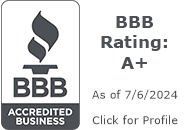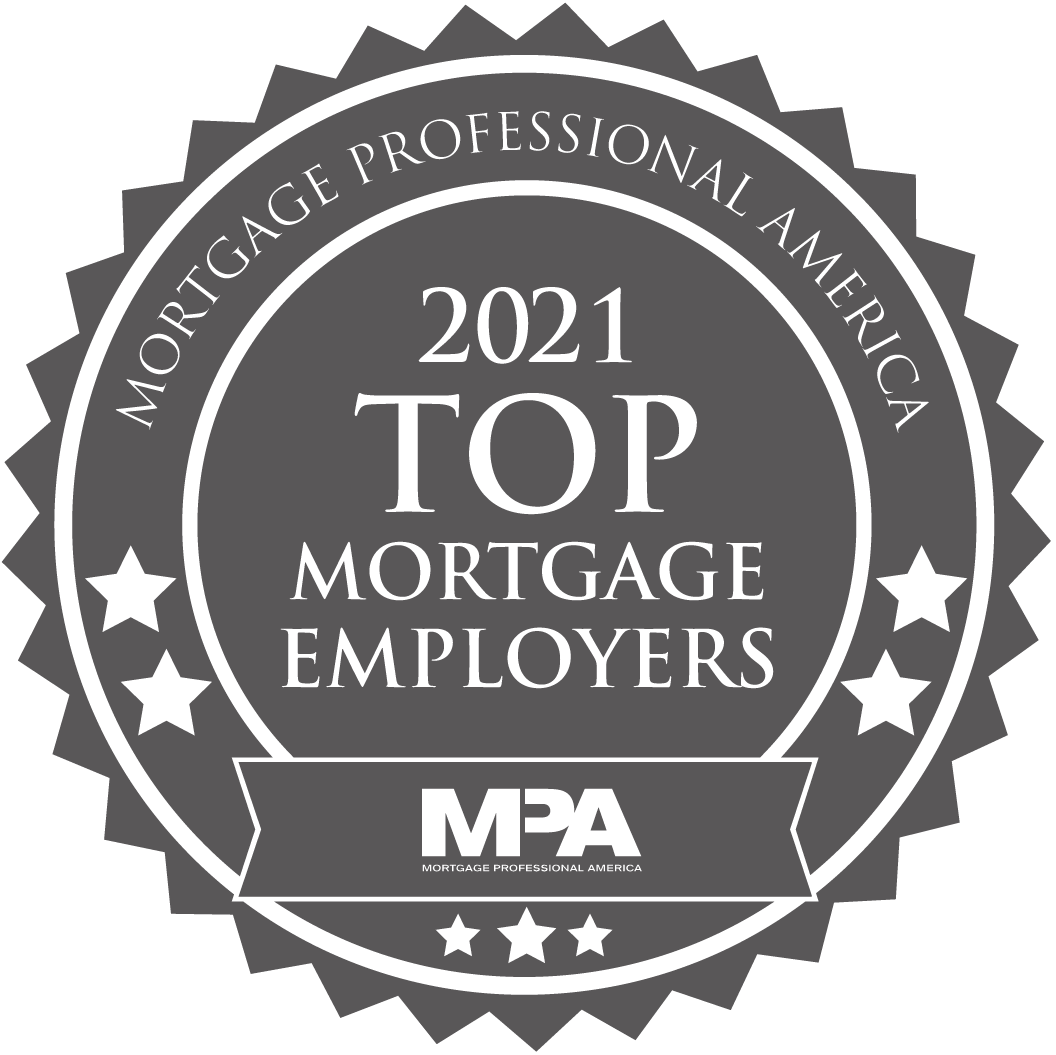Mortgage rates are constantly in flux. While they can trend one way or another, they’ll vary pretty much day to day and from person to person. In order to make it from your application all the way to closing with the same rate, lenders issue what’s called a “rate lock”.
A rate lock guarantees your quoted mortgage rate for an extended period to get you to the closing table. After all of your documents are in and accounted for, your lender can lock in your rate. This will keep your mortgage rate from rising during your lock period even if market conditions change before you close.
How Long Can I Lock My Rate For?
Rate locks are typically either 30, 45, or 60 days, but other options can become available depending on market conditions and a specific borrower’s financial situation.
What are the Benefits of a Rate Lock?
A rate lock allows peace of mind that the rate you were provided will not change before you can sign on the dotted line. It is useful to have a rate lock for when rates are super low and inconsistent, or if you are a borrower with a unique situation that may cause the loan process to take longer: self-employed borrower, independent contractor, business owner, etc.
What Are the Risks of a Rate Lock?
If market rates drop during your rate lock, there is a chance on any given day that your rate could be higher than what newer applicants are being quoted. However, there are so many other factors that could influence this, like a difference in credit score, down payment size, home value, and so on, that it’s not always worth dwelling on.
Do you have more questions about rate locks? Are you ready to sort out your home financing? Start your application today for a free, no commitment, no risk rate quote now!






